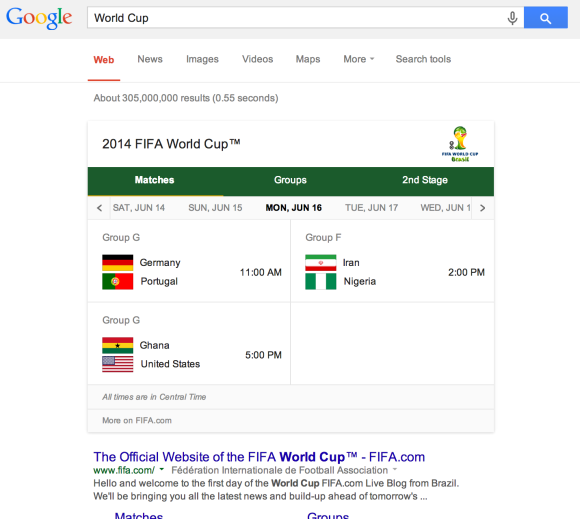If you’ve explored the trademark database maintained by the U.S. Patent and Trademark Office you might have seen some marks filed on the “Supplemental Register” rather than the “Principal Register.” While the differences may not seem too great on their face, the rights associated with each registry are quite different.
The Principal Registry
The Principal Registry is a registry of federally protected trademarks. Once registered, a mark owner may:
- Begin using (R) on the registered mark;
- Obtain greater damages in an infringement action;
- Use the registration to seek protection in foreign countries;
- Use the registration to prove constructive notice of ownership; and
- File for incontestable status after five years.
The Supplemental Registry, on the other hand, doesn’t offer all of those benefits.
The Supplemental Registry
The most common reason a mark ends up on the Supplemental Registry is because it was rejected for the Principal Registry due to a number of reasons such as descriptiveness or use of a surname or geographical term.
Unfortunately, the owners of marks on the Supplemental Registry only receive benefits 1, 2, and 3. Those owners can’t use the registration to show constructive notice and they can’t seek incontestable status. Further, their acceptance of the Supplement Registry implies they know their mark is week due to descriptiveness or another registration hurdle. Thus, the registration might scare away some potential infringers, but it won’t help too much in any infringement litigation.
The key requirements to obtain a Supplemental Registry registration are quite simple: the owner must be using the mark in commerce and it cannot be generic because generic terms don’t have the effect of serving as a source identifier.
What You Should Consider
If your mark isn’t suitable for the Principal Registry, you should consider seeking protection on the Supplemental Registry because even a Supplemental Registry registration can be used to scare off potential infringers. However, it should be remembered that if you are trying to build a brand based on your mark, the Supplemental Registry isn’t a good long-term tool to achieve that goal. Rather, you should begin using a brand/mark that is protectable on the Principal Registry to better protect your rights and the real value of your brand.
If you want to learn more about trademark law, be sure to sign up for Mighty Updates, our monthly email newsletter!
Image: Thinkstock/Vladimirs
*This article is very general in nature and does not constitute legal advice. Readers with legal questions should consult with an attorney prior to making any legal decisions.













